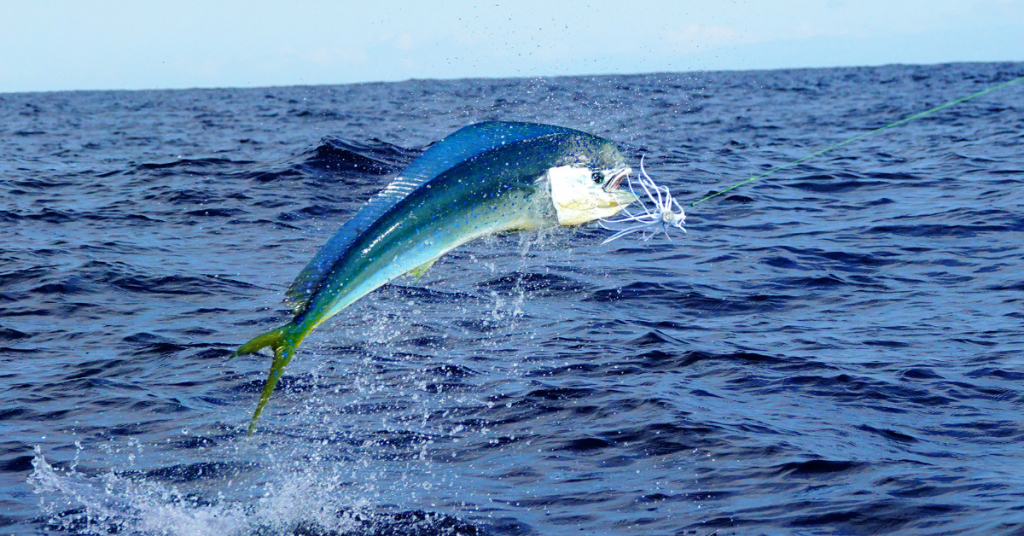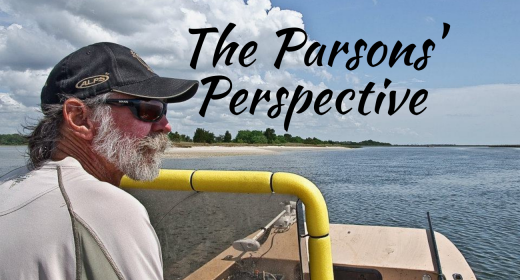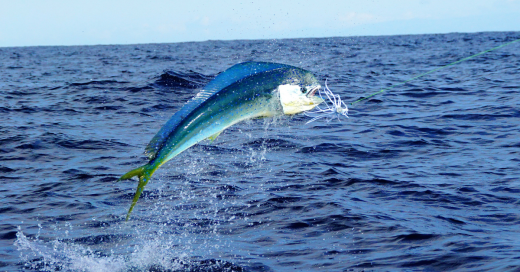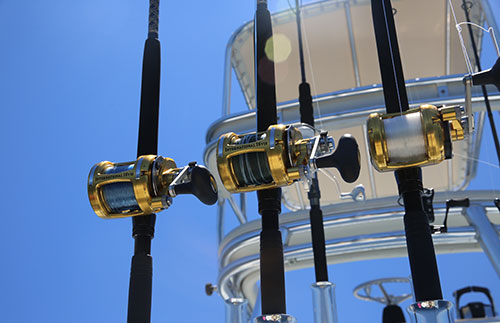Day of The Mahi….Part 2 Nearshore Fishing Tactics For Small Boat Anglers
As the warmer weather progresses and the water temperatures continue to heat up, you’ll find larger Mahi will often follow the smaller ones closer inshore. The smaller Mahi, referred to as “Slingers” run in a school of around 20 and be as young as 2 years old weighing around 3-5 pounds, while the larger Mahi come in mostly groups of 3. I found that I have to treat these 2 categories differently when it comes to how I fish for them.
When I fish for the smaller “Slingers”, I rig up with a couple of spinning reels with a jig head and strips of menhaden, then cast out and start twitching the lure as I retrieve it. Make sure you have lots of bait because the smaller Mahi oftentimes will nibble the bait off the hook rather than committing and getting hooked up. As an alternative, I sometimes shift over to a 4 to 4 ½ Chugger-type lure with a 3 to 4-part daisy chain and troll with it at about 6-7 knots. The smaller Mahi will tear it up and the larger ones may hit it as well.
If you’re bottom fishing and you have chewed baits floating around the boat, you may find Mahi suddenly appearing. Throwing out additional chum will only improve your chances of getting more and larger fish. This is also increased by the action in the water from your bottom fish that will attract those Mahi in the area. Again, always have your spinning reel ready when the action starts. Just place a squid strip on it and start casting. Sometimes I use a ½ ounce jig head with a cigar minnow when the Mahi are bigger. I cast out 15-20 feet, allow the rig to sink a bit, and start reeling. Many times, the larger Mahi are swimming under the school of smaller Mahi which are working the same bait pod.
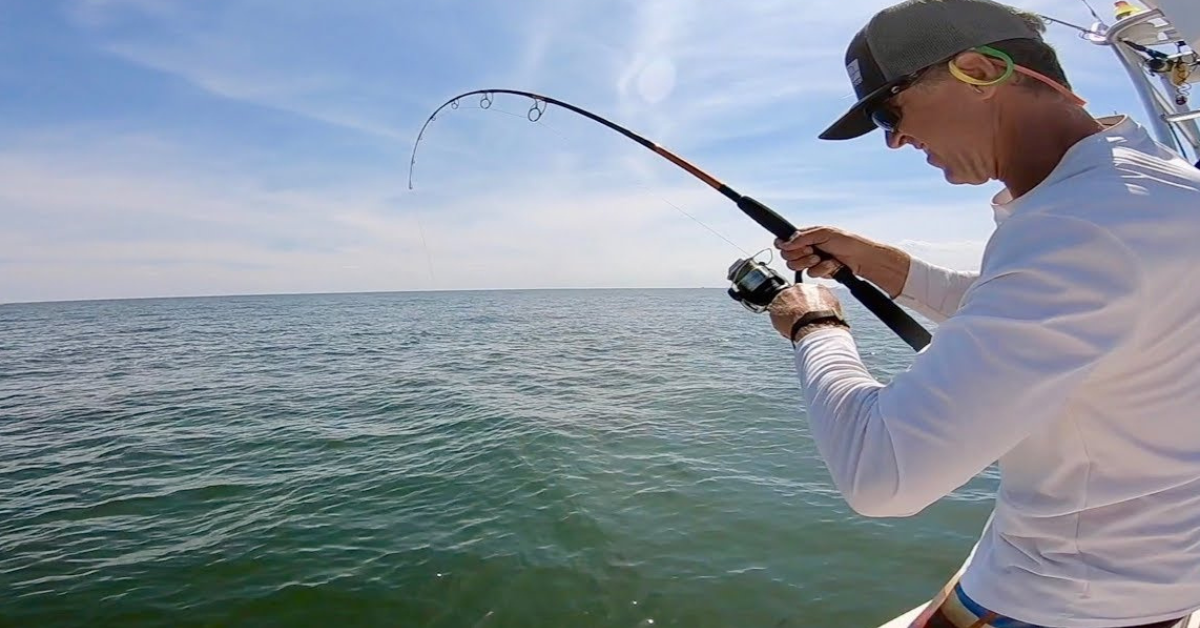
Look for grass beds. Mahi of all sizes like the shade these beds produce, however, grass beds will not attract the Mahi. Also, look for structure both on the surface and below. Things like buoys will attract Mahi. Remember, that the structure below is instrumental in locating the fish. The bottom structures are where smaller fish go for protection and the Mahi feed on them. So, take in these 3 main factors before going on your nearshore Mahi trip. 1) Find out where the water temps are in the right range. 2) Find locations with high levels of Chlorophyll. 3) Look for where the blue/green watercolor meets the dark blue.
Don’t wait too long to get out there. The best time is late spring through July, all depending on the water temperature and chlorophyll movement.
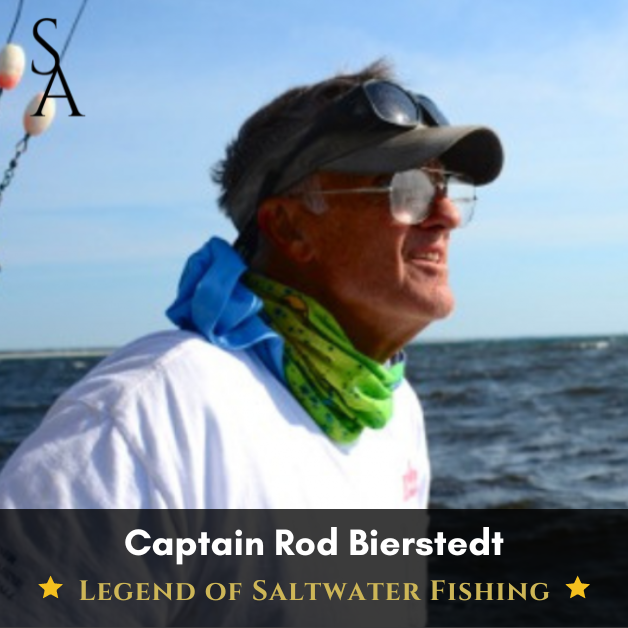
You may be interested
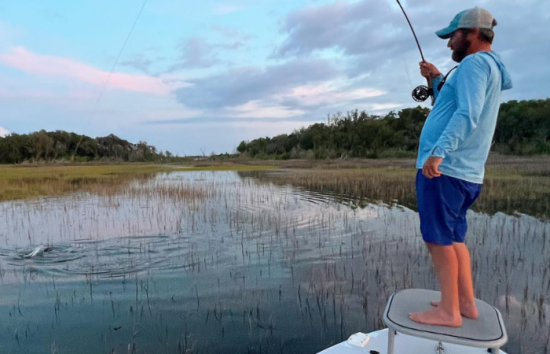
Sight Fishing Like A Pro
Tim Wilson - June 19, 2025Sight fishing can be a rush when done right. It’s taking your inshore fishing to the next level with a dose of adrenaline. It requires great upper-level…
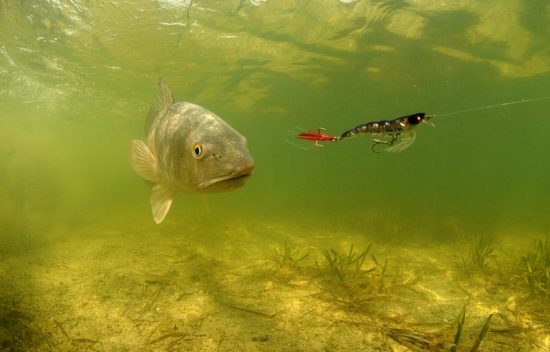
My Fishing Spot’s Better Than Yours…..Increase Your Your Hotspots
Tim Wilson - June 9, 2025Every angler has their favorite go-to spots—the kind of place where they landed great fish just a few months back. It might be a familiar dock or…
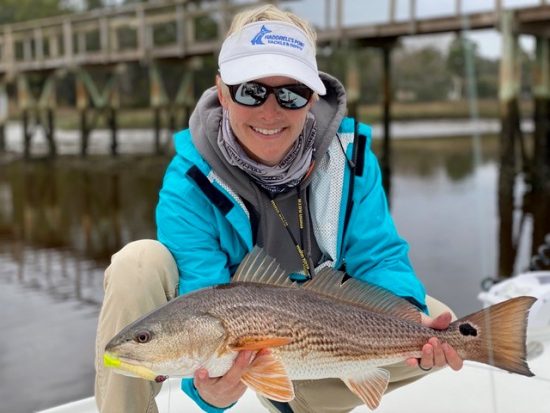
Pre-Planning For the Next Day’s Fishing Trip Like a Pro
Tim Wilson - June 9, 2025While many saltwater anglers just roll out of bed and head to the boat ramp, the top-notch fisherman has a different approach. It starts before the day…

